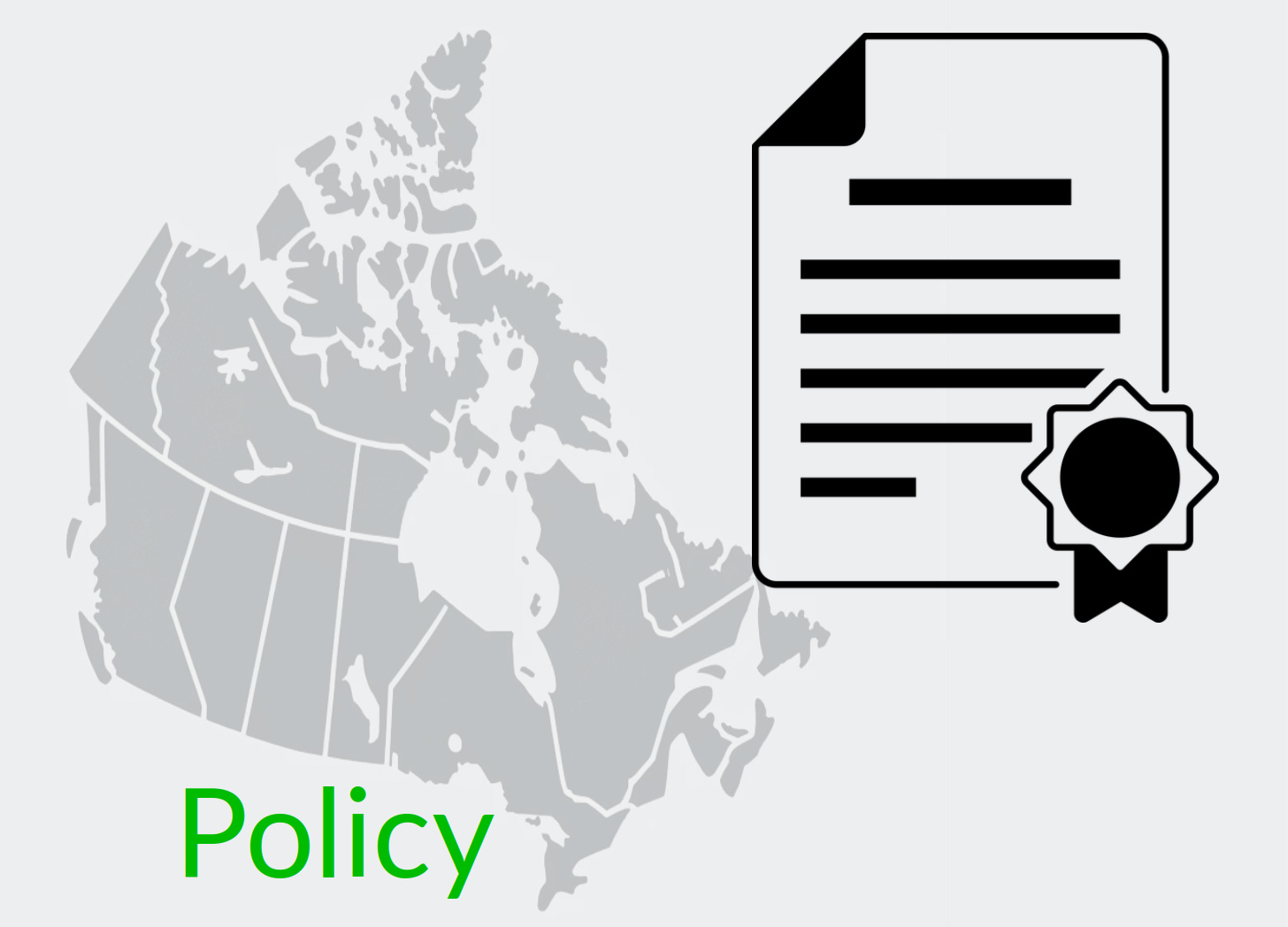Is Global Affairs Canada Wasting Your Tax Dollars Abroad?
It seems like forever since I last wrote about program spending at Global Affairs Canada (GAC). I’m not aware of any big-picture changes to department policy in the meantime, but their Project Browser tool is still there - and it’s still a welcome resource for transparency.
If anything’s changed in the sector over the past year, it’s been a growing awareness of the importance of boots-on-the-ground program oversight. Over and over again, we’ve read about international aid funding that mostly ends up in the hands of corrupt government officials or nasty paramilitary movements.
There are still plenty of programs funded by our tax dollars that, while at least notionally aspirational, are hardly national priorities against the backdrop of spending constraints at home.
Take the $300 million we’ll have spent over 15 years (ending in 2035) on the Sustaining Funding to Women’s Organizations in Developing Countries program. 25 percent of that funding has been earmarked for Sub-Saharan Africa and another 25 percent for “Africa, regional”. Expected outcomes include “enhanced capacity of the feminist funding ecosystem to effectively fund women’s organizations and movements in ODA countries”.
Seriously? Last time I looked, Nigeria, Cameroon, Somalia, and Niger were still in those regions, and they’ve suffered the kidnappings of countless hundreds of young girls for use as sex slaves and for forced conversion to Islam. Just this month at least 145 people (mostly women and children) were kidnapped by Islamic militias and "bandits" from two towns in Nigeria alone.
Does anyone think throwing $300 million into the “feminist funding ecosystem” will inspire Boko Haram to mindfully reconsider their organizational mandate? Is it possible that the people of Sub-Saharan Africa and Africa, Regional might have other priorities? And is there no problem in greater need of funding that might exist a bit closer to home?
Right now however, what I’m really interested in is public money that’s not even reaching its targets.
To be sure, GAC itself is certainly aware of the problem and has performed at least some internal audits into oversight problems associated with their aid to Tanzania and Haiti. And back in 2023, the Auditor General found GAC “was not effectively monitoring its funded projects or reporting on them,” with poor information management and outcomes captured for only around half of the projects that were reviewed.
But there’s a real risk that even those audits were mostly about paperwork and box checking. What’s far more worrying is the possibility that all the reports have been duly filed, but nothing on the ground has actually changed.
For instance, GAC programs often list the Government of Tanzania as the program partner. The Strengthening Tanzania’s Primary Healthcare System for Women and Girls (worth a total of $75 million) and Teacher Education Support Project ($53 million) are just two examples. But given how weak Tanzanian domestic accountability mechanisms are, it’s impossible to know what’s actually getting through.
And we have to wonder about the operational effectiveness of some GAC partners. GAC currently funds UNICEF for operational programs worth more than $914 million in total. The United Nations agency itself has been dogged by allegations of serious corruption for decades, and many of their projects target environments where oversight is near-impossible.
It’s certainly worth trying to identify ways to make a real difference for people suffering in such troubled countries. But I’d suggest that’s work for a new and modernized version of GAC that’s proven itself capable of appropriate accountability. One good place to begin the overhaul might involve participating in fewer programs, but doing those few exceptionally well.



The above comment asks for you to supply reports or evidence instead of questioning the governments lack. I believe that is the purpose of your analysis.
Offering tens of millions of dollars is like standing on a skyscraper and throwing a bag of money from it hoping the needy get a few dollars. Governments love the photo op of big cheques and lofty goals. None of them are interested in the look of adequate money to develop a prototype and the effort to ensure it meets the purpose it was designed for.
Bottom line billions of Canadian taxpayer dollars have been spent with very little to show for it.
Perhaps a good start would be to take ODA away from GAC and give it to a new, re-established CIDA. The new CIDA could be designed from the ground up, incorporating all the lessons available (not just from Canada) about administering (and accounting for) foreign aid.
And a real effort needs to be made to communicate to Canadians how this aid promotes Canadian interests. This discussion would need to set out exactly what those interests are, and how the aid supports them. Hopefully people will be able to distinguish between virtue signaling and actual interests.